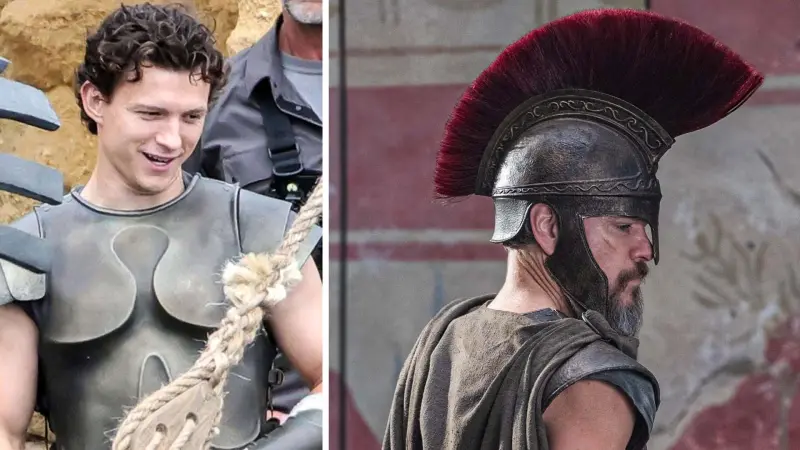We’ve all seen examples of Roman theatres, stadiums and amphitheatres, often circular or semi-circular, tiered constructions with seating so an audience can watch a spectacle, whether its gladiators facing off, drama, dance, music or an athletic competition, but there is one example I’ve recently come across from the famous ancient city of Petra that is really quite something else.
Dating back to the Nabatean kingdom, the Petra Theater was a major cultural and political landmark under Aretas IV, who reigned between 9 BC and 40 AD, when Petra was a client state of the Roman Empire. Under his rule, and no doubt dictated by the Romans, Petra underwent large-scale construction projects and this theatre is an incredible example of this work.
Although it does look Roman in style and design, the Nabateans certainly built their Roman theatre in the Nabatean way – carving it straight from the bedrock with distinct floral capitals designed into it.
In 106AD, The Nabatean kingdom lost its independence; the Romans annexed the city and in doing so, they refurbished many of the public buildings, including the theatre. They rebuild the stage back wall and extended the orchestra’s floor level and some say they even doubled the amount of seating.
Watch this video to learn more about this incredible feat of ancient engineering, to learn more about the rocks and dating methods for the ancient city of Petra in Jordan and why this is arguably an even better feat the theatres of ancient Roman Empire.






